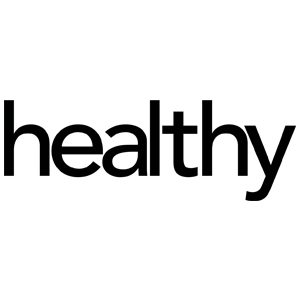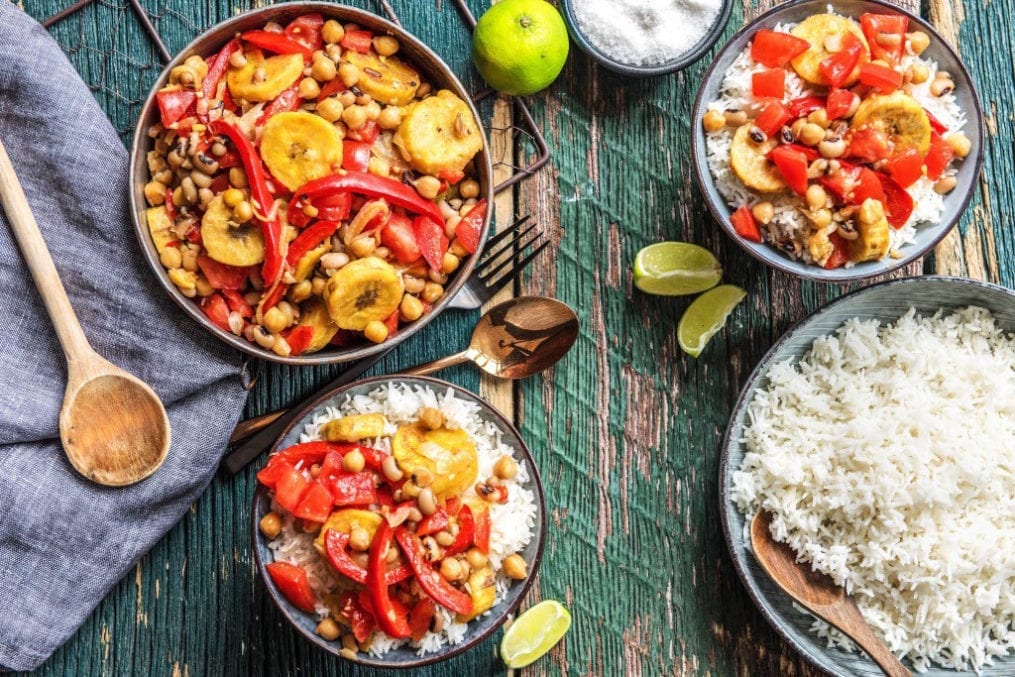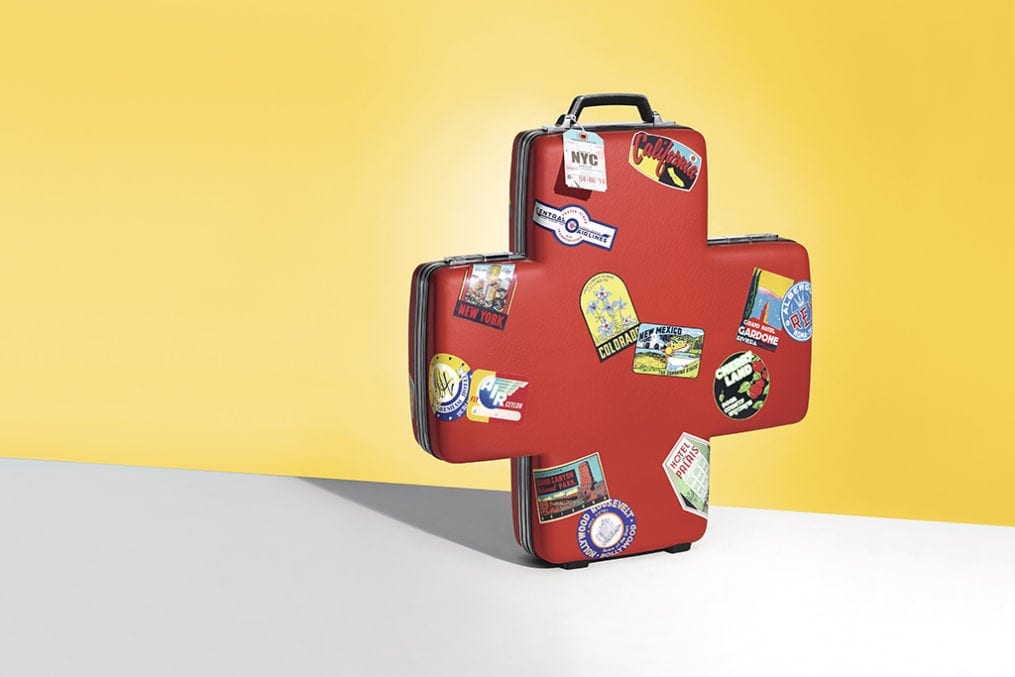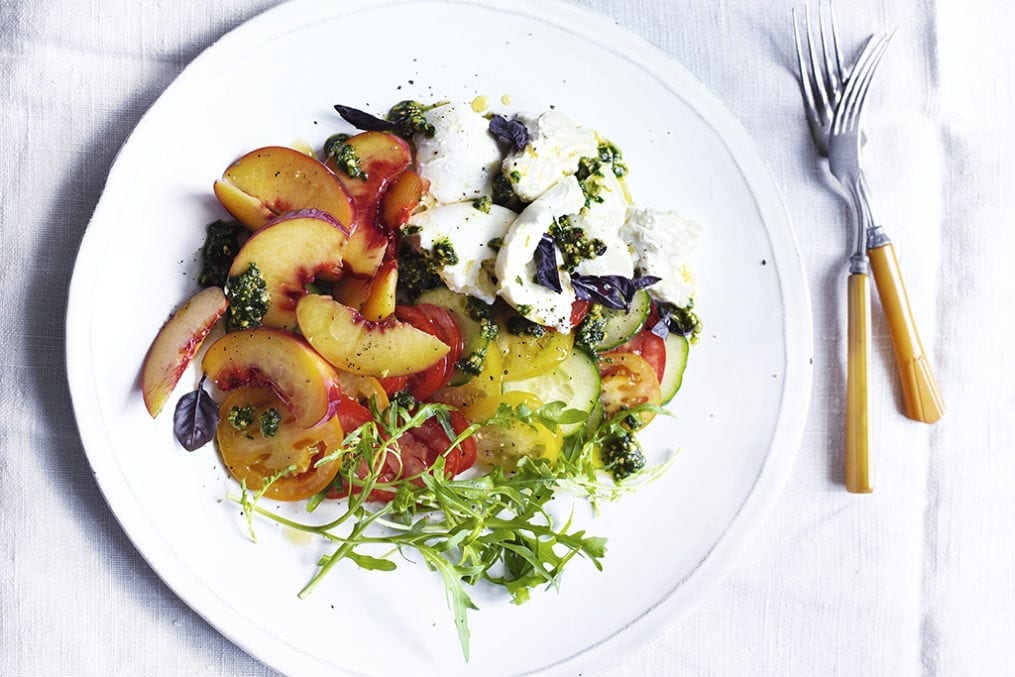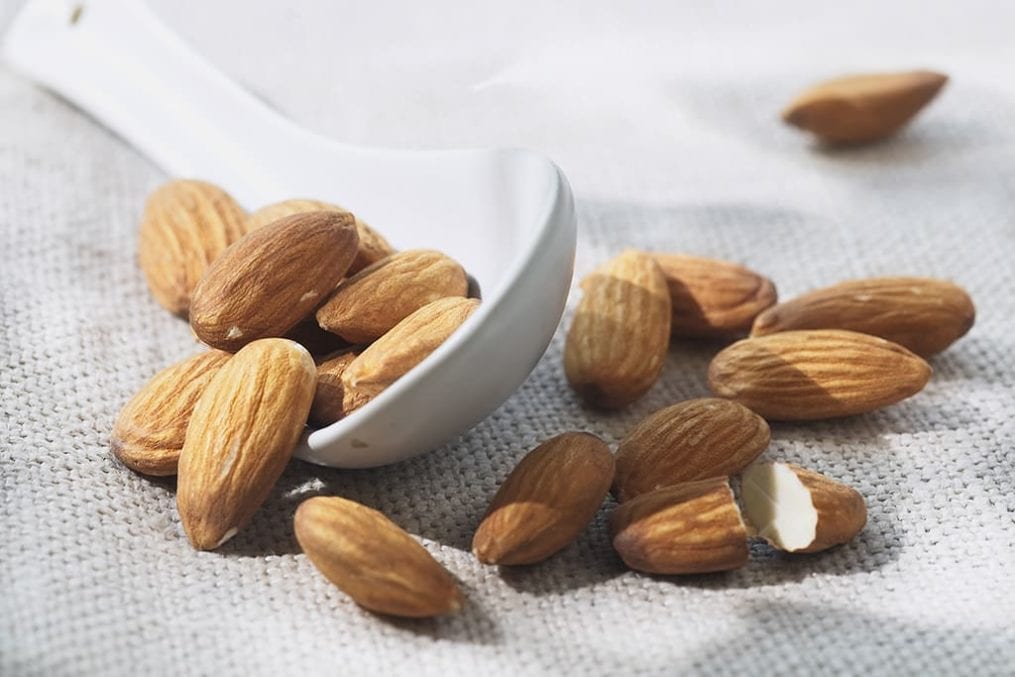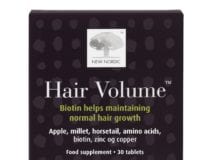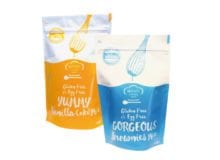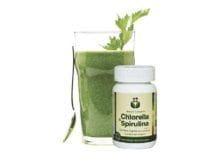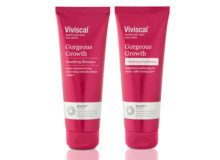Rules for smarter snacking
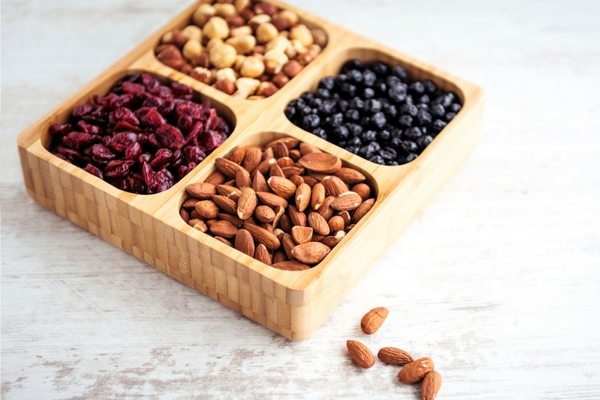
It seems the days of three square meals are over. The latest figures suggest a massive 95 per cent of us nibble between meals. A poll for trade magazine The Grocer last year showed 61 percent of women regularly eat snacks in place of a main meal. And it seems snacking is a very modern trend – US government statistics showed, in 2010, the number of Americans who snacked three times or more per day was 56 per cent, compared to only 10 percent in the late 1970s.
All of which makes our #snackhappy campaign rather timely. With our snacking habit seemingly here to stay, we’re saying it’s not about stopping your daily nibbles, but instead reaching for a healthier option than crisps or chocolate. In the meantime, here’s what you need to know:
The case for and against snacking
Nutritional therapist Catherine Jeans takes a case-by-case stance: ‘It depends on the person, and how fast your metabolism is. Some can go hours without eating, some can’t.’ And snacks can be useful if your day is stressful: ‘If we let our blood sugar dip low, we’re more likely to experience stress.’ Problems arise when we ‘forget’ about snacks – and eat more than if we’d stuck to three meals, labouring under the illusion we’re being healthy. ‘If you have grapes, a pack of oatcakes and nuts on your desk, you’ll unconsciously chomp through extra calories each day,’ she says. If we want to snack, Jeans says we should keep portions small (that’s three or four almonds, not a 100g bag) and eat smaller main meals.
However, straight-talking obesity researcher and nutritionist, Zoë Harcombe believes snacking is ‘a disaster for both obesity and type 2 diabetes. If we keep re-fuelling on carbohydrates all day long, we never need to burn fat, which means we never lose weight. As for type 2 diabetes, every time we consume more than a teaspoon of glucose, our body needs to release insulin to remove this sugar from the bloodstream. If you snack a lot, it constantly has to deal with sugar overload.’
Given our busy lives, Harcombe recognises at times a snack is necessary to tide us over. If you know you won’t eat dinner until 8pm, for example, she suggests a 4pm nibble, preferably on a protein rich hard-boiled egg, meat or fish.
But she says that if we’re snacking, we should look closely at what we’re eating for our breakfast, lunch and dinner. ‘Check meals have enough protein and fat, and aren’t too carby – if you have a big jacket potato for lunch, you’ll be hungry again two hours later.’
How to snack better
If you’re going to snack – and let’s face it, most of us are – then make it a considered choice rather than mindless grazing: the idea behind our #snackhappy campaign. Nutritional therapist Catherine Jeans recommends portioning out your day’s snacks into little boxes in the morning, while Zoë Harcombe’s top tip is never eat anything in front of a screen, be it TV or phone: ‘You won’t register that you’ve eaten. If you must snack, do it consciously.’
When it comes to choosing snacks, nutritional therapist Jeans advises combining protein with slow-releasing carbohydrates for maximum satisfaction (and to prevent you reaching for the biscuit tin 10 minutes later).
Here are her top suggestions:
1 An apple and three to four Brazil nuts
2 An oatcake with cream cheese
3 A hard-boiled egg
4 Strips of cooked chicken with a handful of cherry tomatoes
Share your favourite snacking ideas with us on Facebook @HealthyMagazine and Twitter @healthymag using the hashtag #snackhappy

